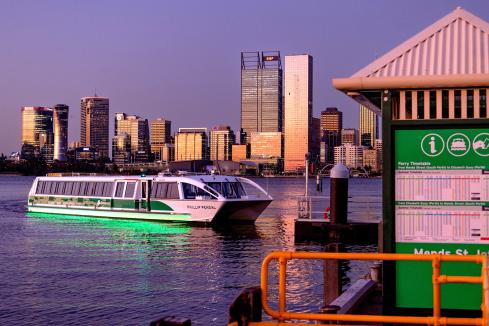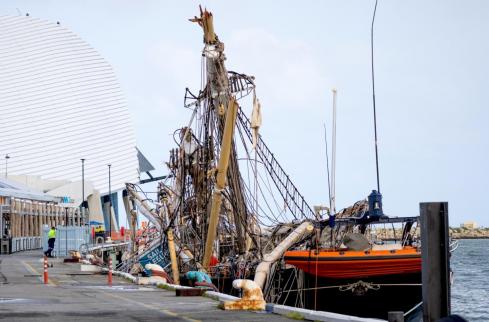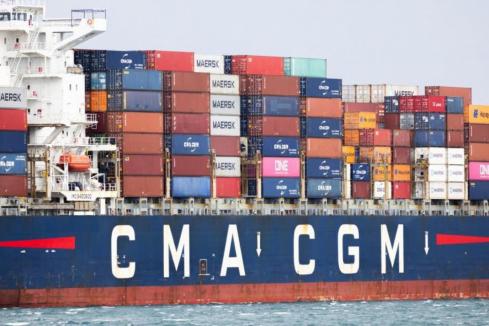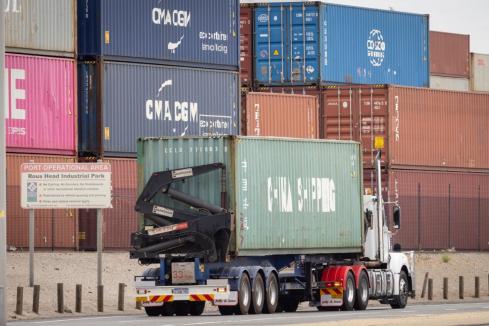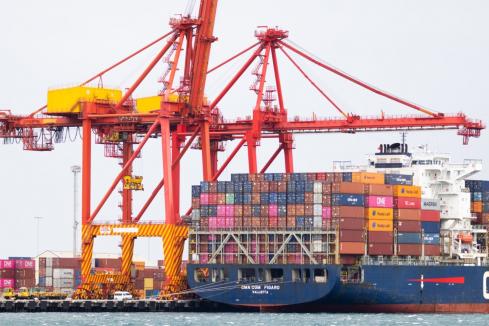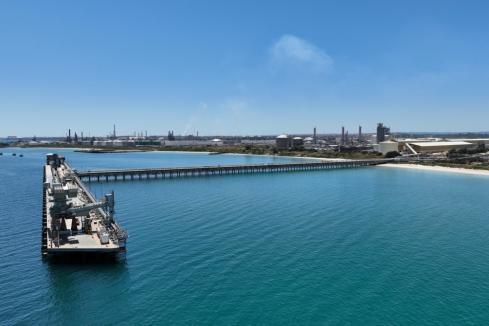

A RECENT investigation by the Auditor General has added weight to state government plans to amalgamate many Western Australian ports, particularly in regional areas.
The findings, set out in the latest Public Sector Performance Report, show regional ports are falling behind in their risk management processes, and highlight the serious flow-on effects to national export revenue in the event of an ‘adverse incident’.
Such incidents include harbour closures due to oil spills or ship grounding, infrastructure damage, technology breakdowns or workers’ disputes, such as that at the Fremantle Port this month.
The findings come as WA’s export trade has increased to account for almost half of Australia’s total export revenue in the 2011-12 financial year of $264 billion.
The report makes it clear, however, that not all the state’s trading ports are prepared to efficiently handle the increasing volume of exports; particularly some that have traditionally only had to deal with agricultural shipments and now have demand from major iron ore producers.
The state government controls eight of WA’s 21 ports. Port Hedland is the biggest of these and has taken the largest chunk of increased export business, with iron ore shipments increasing to 238 million tonnes during the past financial year.
Total tonnage through the port has increased 23 per cent. But despite the staggering numbers, the Auditor General’s investigation has labelled its business continuity management as inadequate.
The report found the port had taken only ‘preliminary’ steps to updating its risk management plan, meaning if there was a disruption to the port’s operations it could significantly affect WA’s exports.
However it’s the many smaller ports that have attracted more concern. Esperance was singled out as failing significantly in implementing a plan for continued business in the event of disruption to operations. The port has had to manage increasing demand from nearby iron ore producers for additional capacity in recent years and is now processing the maximum capacity of 11.8mt.
As Esperance worked to manage the growth, its dedication to implementing a risk management plan fell by the wayside; the report found it had yet to start planning a retention strategy for exports if it was affected by an adverse incident.
The lead contamination crisis in 2006 is said to have severely affected the port’s finances, with eight changes of chief executive since.
Further disrupting the port’s progress was the departure of the risk manager last year, with a replacement yet to be found.
The findings have reinforced the government’s plans to amalgamate its eight port authorities into four regional authorities, intended to ensure better planning and coordination of port development.
The government is undertaking consultation on the plan with an intention to announce which regional port will be the first formed next year.
Under the plan, 13 smaller ports that are privately owned but controlled by the Department of Transport would also come under the jurisdiction of the regional ports.
There are also plans to construct a further five ports in the Kimberley, Pilbara, and Mid West to accommodate increased iron ore shipments, which would also come under the responsibility of one of the new regional authorities.
The exception would be Fremantle Port, which has been exempt from the amalgamation plans and will remain an authority in its own right.
The Auditor General’s report found Fremantle Port to have the best business continuity management plan.
It said planning was at an advanced stage and included the development of response plans, most of which had already been tested.
Fremantle is the state’s biggest exporter of wheat, handling 2.8mt last financial year, but it’s also begun handling iron ore shipments.
In the 2009-10 financial year the port exported 93,000 tonnes of iron ore, a figure that increased by about 20 times to more than1.8mt during the past financial year.








